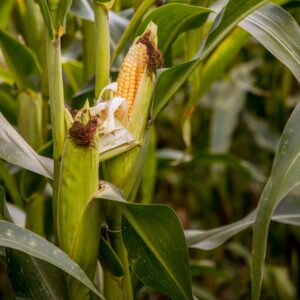
If you were asked to list a hundred things you could do with bamboo, your first thought might be that bamboo poles can be tied together to make a fence, a bridge, a shack or some kind of settlement. Bamboo’s uses do indeed include construction (the costs of bamboo dwellings compare very favourably with conventional materials).
You would think that it can replace the need for trees as a source of wood (isn’t that great!) All types of furniture can be made, as well as fittings such as window blinds, fencing and flooring. It might come to you that charcoal can be produced, cutting-boards and various arts and crafts.
But would you think textiles? Bamboo towels and socks? Bamboo soap? Bamboo toilet paper? Bamboo beer, bamboo bicycles and bamboo corrugated roof sheets?
Bamboo does not have a hundred uses: studies done by the Industrial Development Corporation (IDC) and other role players show over a thousand! Clearly there is a lot more to bamboo products and bamboo processing than would immediately occur to the reader. Not only does bamboo have many uses, it is a non-invasive crop that can help develop agriculture and contribute towards lifting human beings out of poverty by creating jobs in rural areas.
Source: www.trees.co.za. The above list accompanied the previous “Bamboo for Africa” programme.
Source: Unless stated otherwise, the above points come from the Grand View Research (2019) report at www.grandviewresearch.com/industry-analysis/bamboos-market. Find citations below.
Investment schemes
Along with the incredible potential in this industry, it is perhaps inevitable that some investment schemes arise that sound too good to be true. Be cautious when bamboo plantation investments promise 25 to 25% returns from year one. Bamboo needs around four years to develop the 80 – 100mm culms. These culms have to mature for at least 24 months to gain the strength needed for the products.
Find the overview of the bamboo industry in China, Africa and South Africa in the article by Scheba, A., Mayeki, S. & Blanchard, R (see below for full citation). The points below are taken from it.
Source: Scheba, A., Mayeki, S. & Blanchard, R. 2018. “Bamboo for green development in South Africa?” Human Sciences Research Council. Available at www.hsrc.ac.za/en/review/hsrc-review-jan-march-2018/bamboo-for-green-dev-sa
Some articles:
Our thanks to Willem Malherbe (National Bamboo Association of South Africa) and Pieter Joubert for feedback on the draft chapter.